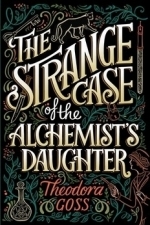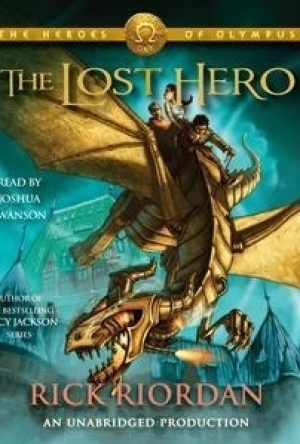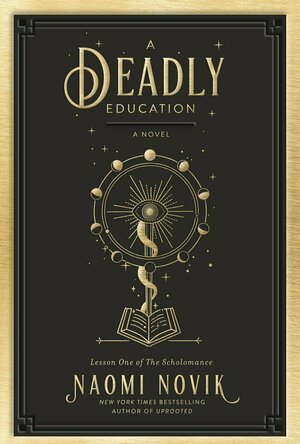
SuperTactics
Games
App
□ The beginning of strategy - Tech tree system Will you give up just because your opponent's deck...

WorldCraft 3D
Games and Business
App
WorldCraft: Craft Exploration Lite survival: is a new Survival craft games. Create your perfect...

Evil Factory
Games
App
Get ready for action-packed, retro fun in this top-down arcade game! Eight years ago, the super...

The Strange Case of the Alchemist's Daughter (The Extraordinary Adventures of the Athena Club #1)
Book
Based on some of literature’s horror and science fiction classics, this is the story of a...
Horror fantasy

The Lost Hero (The Heroes of Olympus #1)
Book
Jason has a problem. He doesn't remember anything before waking up on a school bus holding hands...

A Deadly Education: Lesson One of the Scholomance
Book
I decided that Orion Lake needed to die after the second time he saved my life. Everyone loves Orion...

Faery: Legends Of Avalon
Video Game
Faery: Legends of Avalon is a turn-based role playing game packed with a unique atmosphere and...
Faery Legends of Avalon Turn-based Action RPG medieval Rpg

The Chocolate Raccoon Rigmarole
Book
In this eighteenth mystery in the national bestselling Chocoholic series, a gang of crooks with a...

Tempest: Pirate Action RPG
Games and Entertainment
App
An adventure RPG that won the hearts of over 50.000 Steam players is now on your mobile! Become a...
